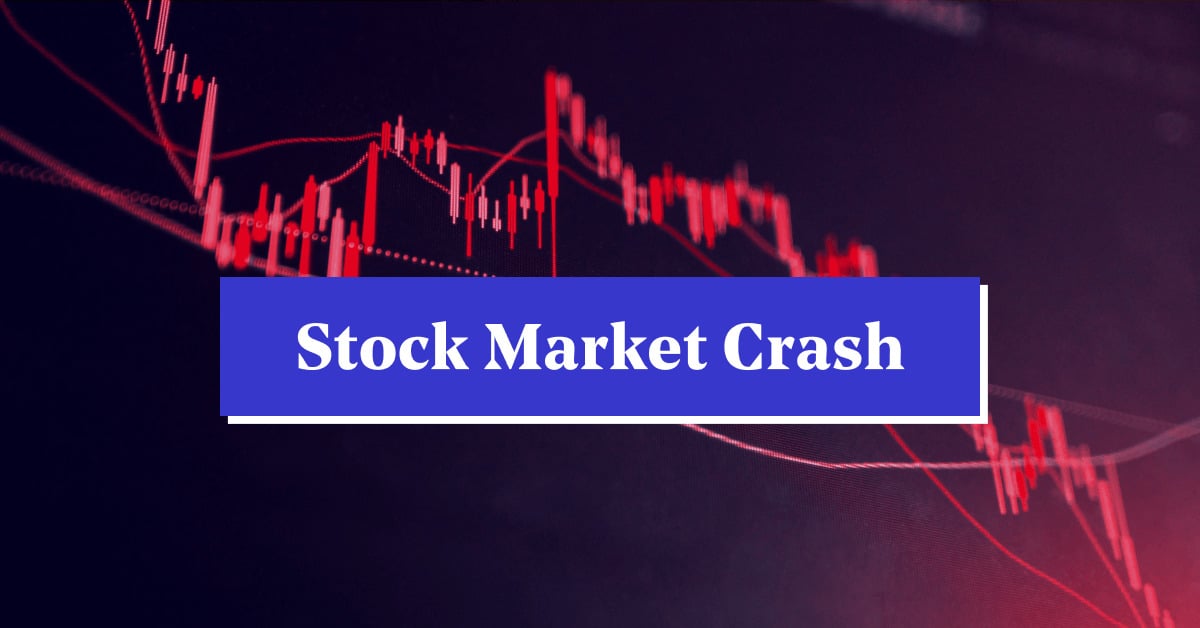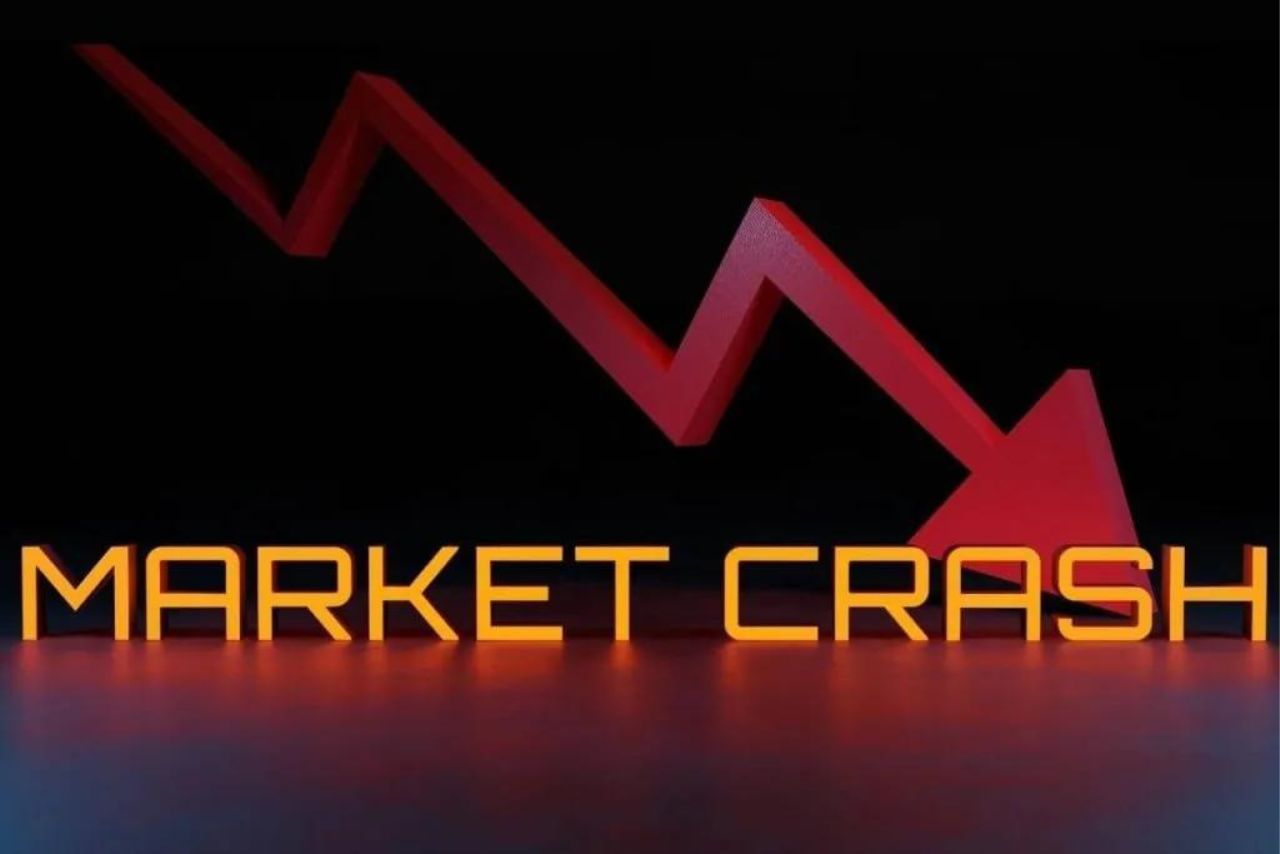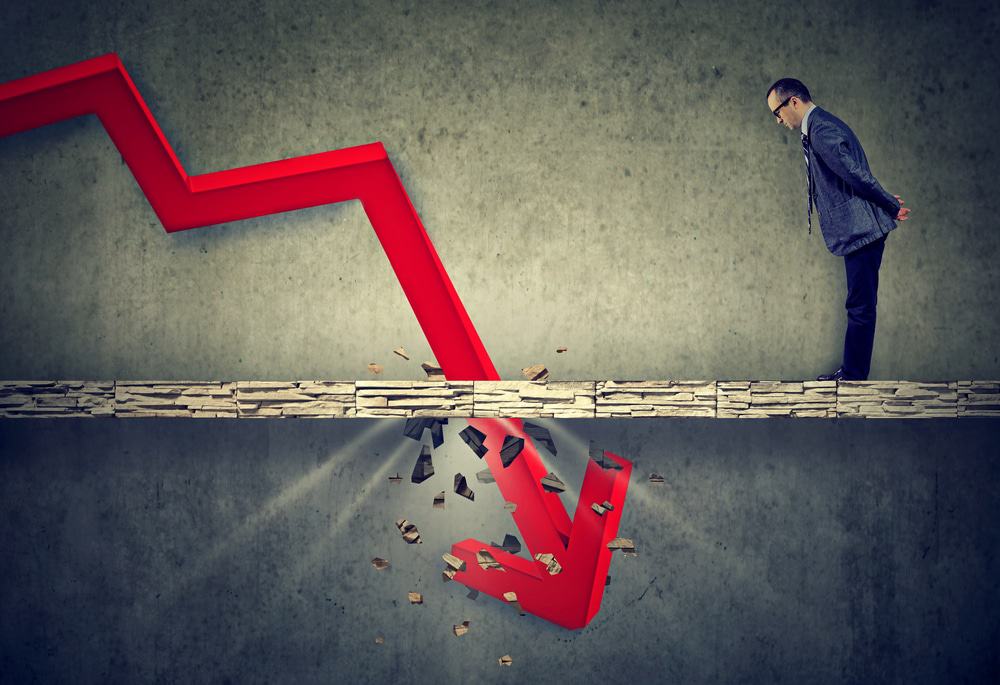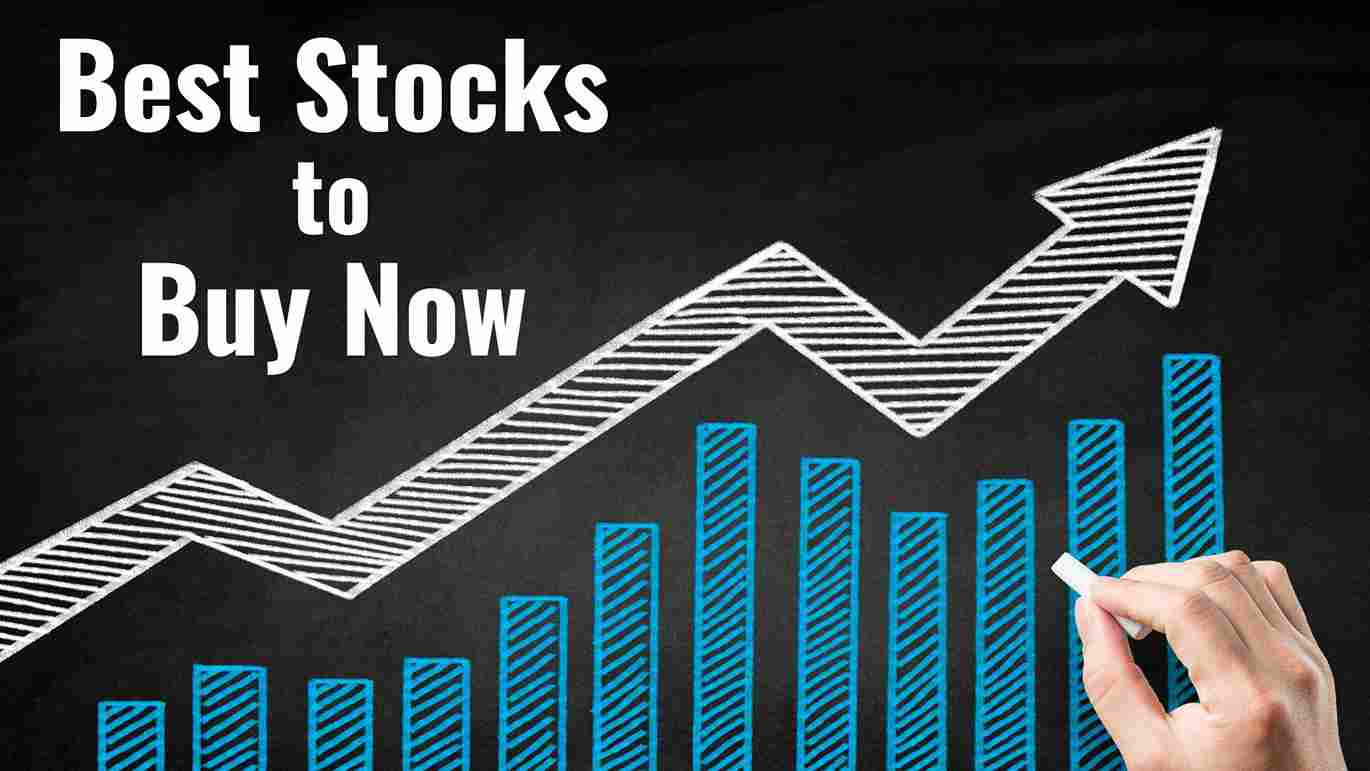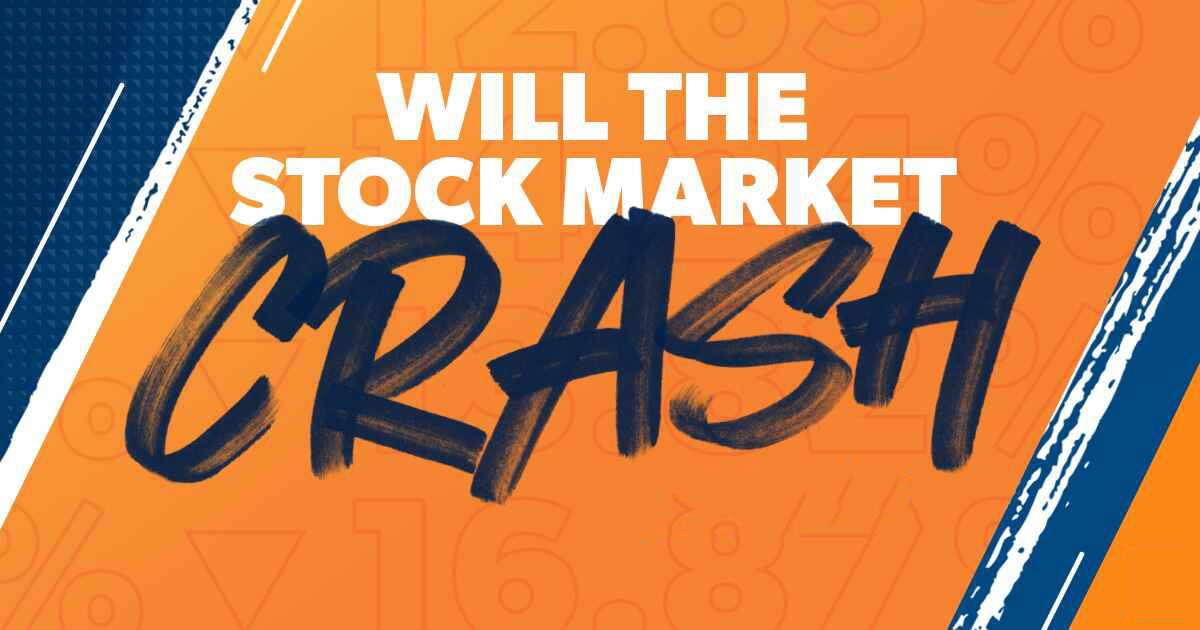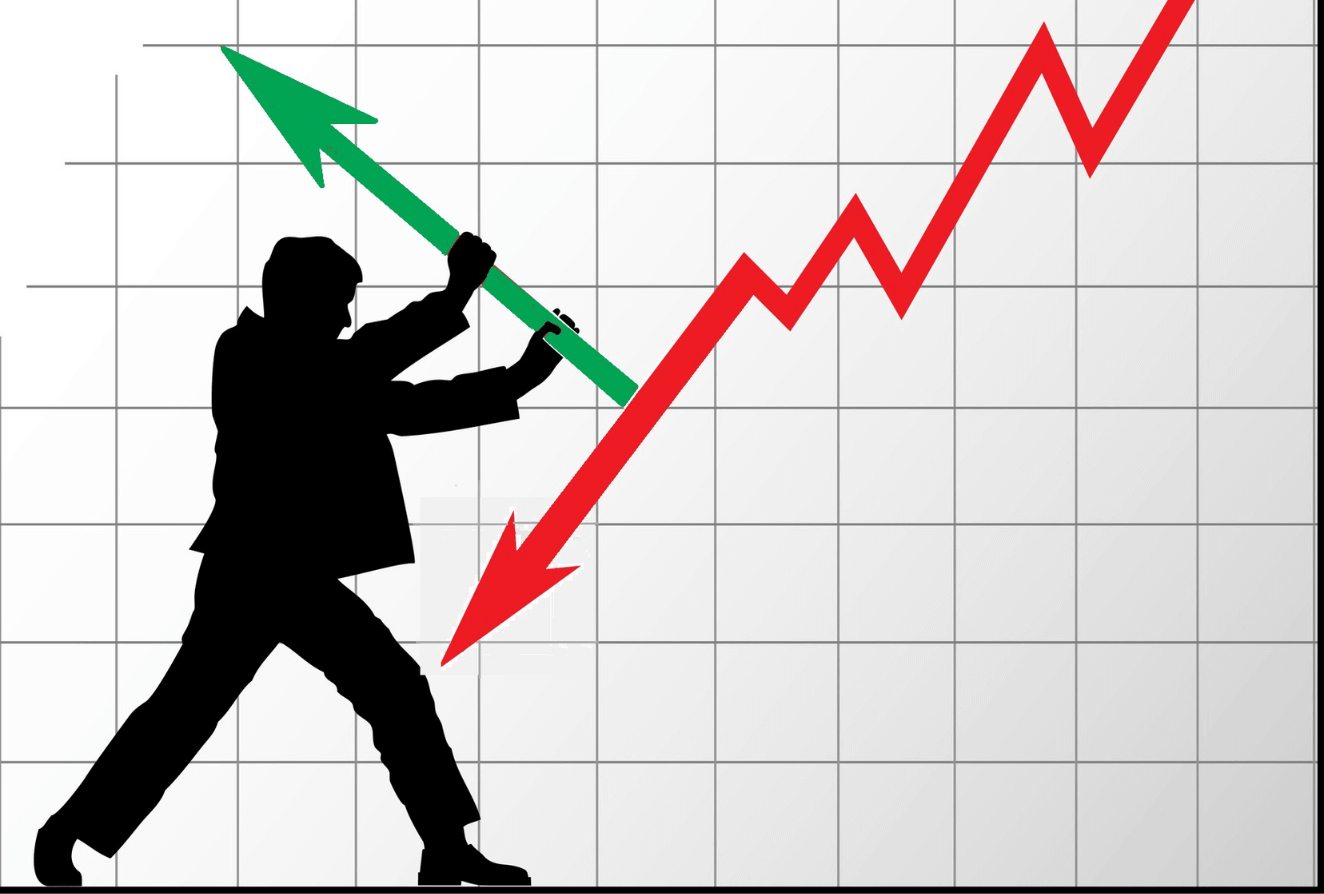Imagine knowing exactly when to duck before a stock market plunge. How to predict stock market crash? You’re in luck because I’m dishing out the real deal on forecasting the big drops. It starts with spotting the warning signs, like when the market feels too good to be true. We’ll dig into the history books, breaking down patterns from past crashes that can clue us in today. Then we’ll jump into the current scene, decoding the numbers that can hint at what’s ahead. And hey, don’t overlook the crowd’s mood; it’s got secrets to spill on market moves. We’re even diving into the brainy stuff, using math models and tech tools for crystal-clear forecasts. Buckle up for a no-nonsense guide to staying ahead of market mayhem.
Understanding the Precursors to a Market Crash
Identifying Signs of a Stock Market Bubble
Spotting a stock market bubble is crucial for investors. A big sign of a bubble is when stock prices rise fast without backing from the actual value of the companies. This can mean trouble. Think about when a balloon fills with too much air. It’s not stable and might pop. That’s like a market bubble. Watch for inflated stock prices that don’t match real profits or growth. This mis-match can be a clue that stocks are over-valued.
Another hint is when people buy stocks just because prices keep going up, not because the companies are stronger or better. Everyone seems excited to invest, even those new to the stock game. It feels too good to be true. When everyone is on one side, the risk climbs up.
So we keep our eyes open for prices that don’t look right. We check if they’re way higher than what the stock is worth. By watching these signs, we can guess if the market might drop soon.
Analyzing Historical Market Downturns and Financial Crisis Patterns
What happened before can tell us loads about what might happen next. By looking at past market downturns, we can find patterns. These patterns show us how things might unfold in the future. Each crash or crisis in the past has lessons for us. What led up to it? What made it worse? How did it end?
Crises often follow a build-up of problems. Debt gets too high, or big banks run into trouble. Looking back, we see red flags waving before the worst crashes. Banks that lent out too much money. Companies in debt, struggling to pay it back. And regular folks, too, borrowing more than they could afford.
We also think about what the big money people do. Hedge fund strategies during rumbles talk volumes. Plus, we can’t ignore stuff like how fast computers trade today. This high-frequency trading can make things move fast—way fast—when they start to slip.
Not to forget, we watch for the unusual, the Black Swan events that no one predicts but can shake everything. It’s complex, no doubt, but clues are often there for us to find.
By using what we learn from these crashes, we get better at seeing the signs. We grow our knowledge. Our gut gets sharper. We become like detectives, piecing together the history, the numbers, and the human moves.
Every crash brings its own chaos, but the signs, they often echo. It’s about fitting together the pieces from economic indicators, stock valuation metrics, and past financial crisis patterns. And don’t forget, we watch the people part too. Because at the heart of every crash, behind all the numbers and the trends, are people making choices. Understanding that helps us see the full picture.
Digging into this stuff is like a puzzle. We work hard to get the pieces right. It helps us stay one step ahead, ready for what might come, in the wild world of stocks.
Analyzing Current Economic and Market Indicators
Interpreting Stock Valuation Metrics and Economic Indicators
First, let’s dive into stock valuation metrics. These numbers show us how stocks stack up against their true worth. Think of it like shopping for a car; you don’t want to pay more than the car is really worth. Stocks work the same way. Price-to-earnings ratios (or P/E for short) help us see if a stock’s price makes sense compared to its earnings. If this ratio goes way higher than average, pay attention – it might mean the market’s too hot.
Other metrics, like earnings yield or book value, are also key. They help us sniff out if stocks are pricey or cheap. Earnings yield is like a reverse P/E ratio. It shows you how much bang for your buck you might get from a stock’s earnings. Book value looks at what a company’s worth if it sold all its stuff today. Stocks trading for less than book value could be hidden gems or big red flags.
Let’s not forget economic indicators. When companies are selling more goods, and people are spending money, the economy buzzes like a busy bee – this is good. Sales numbers, jobs reports, and factory data give us the scoop. If these start to dip, or if fewer people are building and buying homes, it can mean rough waters ahead for stocks.
Examining Leading Economic Indicators and Their Predictive Power
Leading economic indicators are the fortune tellers of the financial world. They predict what’s coming before it happens. Think of a ship’s captain watching the sky for storm clouds. Indicators like new orders for stuff, or people claiming unemployment benefits, can hint at whether the stock market will soar or stumble.
These bits of info can be super powerful. They tell us if businesses and consumers feel confident about the future. If they’re nervous, they tighten their belts, and that can hurt the stock market. It’s like a big game of financial telephone. One whisper of bad news can travel fast and spook everyone, from big banks to regular folks.
Spotting a market crash takes a combo of watching stock prices, how the economy’s doing, and what everyone’s feeling. This needs sharp eyes and a clear head. We look for signs like when too many people rush to buy stocks, thinking prices will only ever go up. That’s a bubble, and what goes up must come down.
If folks borrow way too much to buy stocks, that can also spell trouble. It’s like a wobbly Jenga tower that’s ready to topple. And then there’s the housing market – a drop in house prices can make waves that crash onto Wall Street’s shores.
Being ahead of the game means tuning into these signals. It’s like being a detective on the lookout for clues. We use our smarts to read these signs and dodge the storms. A crash isn’t a sure thing, but by keeping an eye on these indicators, we can make smart guesses and protect our cash.
Now, you know how we try to predict stock market crashes. By keeping a close eye on the economy and what prices are doing, we can brace ourselves for impact or sail smoothly. It’s all about staying sharp and ready for what’s ahead.
Behavioral Finance and Investor Psychology
Market Psychology Analysis and the Role of Investor Behavior
Let’s dive straight into the heart of what can signal a crash: people. You see, markets move not just on cold, hard numbers, but on human emotions and decisions. I look at patterns, see how folks behaved in the past, and take notes. People get scared, they sell. They get excited, they buy. It’s like a giant wave – you need to spot the swell before it breaks.
When too many people buy stock, prices go way up. It can be a sign of a stock bubble. What’s a bubble? Imagine a balloon that swells until it pops. That’s what can happen in the market. If stocks cost more than their real value, watch out! A crash might be on the way.
Knowing how folks think and feel about stocks helps a bunch. I also check signs of fear or joy in the market. Big shifts can mean trouble or a chance to make money. It helps to know how scared or happy investors are.
Utilizing Market Sentiment Tracking to Foresee Market Movements
Now let’s talk tools. I use cool tech to track what folks think about the market. This tech looks at news, reports, and even social media. It gives me a heads up about how people feel. This is market sentiment tracking.
Say many are talking about how great the market is doing. This might mean a drop is coming soon. If everyone is gloomy, saying a crash is coming, it might just mean the market will go up. Sure sounds odd, right? But that’s how things often work.
I look for things like how often people buy and sell stocks fast. Or big, rare events that shock the market. These can cause panic or rush. And when a lot of this happens, it can shake up the whole stock world.
I also keep an eye on what big money players do. If hedge funds move a bunch of money around, it could mean a storm is brewing. Every move they make can change how the rest of us see the market.
So, to see what’s ahead for stocks, I put on my detective hat. I watch how people act, what they say, and big surprise events. All this stuff can clue us in on what might happen next with stocks. It’s kind of like being a weather person, but for money.
In short, the key to predicting market crashes lies in understanding how we as investors think and act. It’s part psychology, part tech, and lots of careful watching. Keep these ideas in mind and maybe you, too, can spot a market dip or leap before it happens.
Advanced Techniques for Forecasting Market Instability
Implementing Quantitative Models and Technical Analysis for Prediction
Let’s dive right into the heart of predicting stock crashes. We use tools like quantitative models and technical analysis. These help us spot red flags in stock patterns. They show us when things might turn south in the market. One key sign of a stock market bubble is when prices soar way past what’s normal, with no clear reason why. We look at this and other warning signs carefully.
Bubbles can be sneaky. But by checking how prices move and comparing them to past trends, we stand a better chance of spotting them. History of market downturns tells us a lot. It shows us patterns from before. We learn how crashes happen. This knowledge is powerful. Market psychology analysis digs into why investors act the way they do. It can give us clues about when fear or greed take over. Recession warning signs come from different places. Like when companies struggle to make more money or when barely anyone can find a job. Financial crisis patterns, like banks having trouble all at the same time, warn us too.
Let’s not forget about bear market signals. It’s when stocks drop 20% and stay down. That’s a strong hint that trouble’s coming. Stock valuation metrics help us see if the market’s too high or just right. Measures like a company’s earnings compared to its stock price matter a lot. If numbers don’t add up, we could be heading for a crash.
Predicting Market Downturns with Artificial Intelligence and Data Analytics
Artificial Intelligence (AI) is like a super-smart friend that spots problems before they blow up. It uses tons of data and learns from it to predict market downturns. AI looks at everything, from what people say online to complex market info. It spots patterns we might miss. Think of AI as a hawk, keeping an eye on the market’s health. Say when folks start to worry a lot about the market. That’s called stock market anxiety.
With AI, we see if that worry is a one-time thing or part of a bigger storm coming. High-frequency trading impacts markets too. It moves super fast and can make things shaky. AI keeps track of it so we aren’t caught off guard. Market sentiment tracking uses data to gauge how people feel about stocks. Are they scared or greedy? It makes a difference.
Examining market volatility shows us how much stock prices jump around. If prices go wild without reason, watch out. AI and data analytics take all these things, like a giant puzzle, and help us see the full picture. It finds links we didn’t even know were there. Like how bond yields can tell us if investors are nervous. Or how the housing market can hint at stocks turning bad.
Understanding all these bits helps us get ready for downturns. By looking at both new AI tools and tried-and-true methods, we better our chances against market crashes. We might not see everything coming. But we do our best to keep your investments safe. Remember, it’s all about being prepared and making smart moves before the storm hits.
To sum up, we’ve explored signs of market crashes and how past downturns guide us. We checked current economic indicators to see where things might head. We also learned how investor feelings affect the market. And we talked about high-tech tools to predict changes. These techniques help us prepare for and perhaps avoid the worst of a crash. Stay smart about your investments and keep an eye on these signs and tools. They are key to making informed decisions in an ever-changing market.
Q&A :
What are the warning signs of a stock market crash?
The stock market is an unpredictable realm, but certain indicators can hint at an impending crash. Signals such as a dramatic dip in stock prices, a spike in market volatility, over-valuation of stocks compared to company earnings, and economic factors like rising interest rates, inflation or a looming recession can all serve as warning signs. Investors often scrutinize market metrics and economic data to anticipate downturns.
How can historical data be used to predict a stock market crash?
Analyzing historical stock market data is essential for recognizing patterns or trends that can precede a market crash. Financial experts often examine periods preceding past crashes to identify recurring signals, such as exuberant investor behavior or unusual market performance anomalies. Although history doesn’t perfectly forecast future events, it provides valuable insight that, when combined with current market conditions, can inform predictions.
Are there any economic indicators that predict a stock market crash?
Certain economic indicators are widely regarded as potential harbingers of a stock market downturn. Inflation rates, unemployment figures, gross domestic product (GDP) growth, interest rates, and yield curves are pivotal indicators. For instance, an inverted yield curve, which occurs when short-term debts have higher yields than long-term ones, has been a consistent predictor of past recessions, which can lead to market crashes.
Can technical analysis forecast a stock market crash?
Technical analysis involves examining charts and patterns in trading activity to predict future price movements. Analysts look for specific patterns, such as the “head and shoulders” or “double top”, which may suggest a market peak is approaching. Additionally, they utilize indicators like the Relative Strength Index (RSI) or Moving Average Convergence Divergence (MACD) to gauge market momentum. While technical analysis can provide warning signs, it is not foolproof and should be used in conjunction with other analysis methods.
How reliable are prediction models for stock market crashes?
Prediction models for stock market crashes, which often incorporate various economic and market indicators, can offer valuable projections, but they are not infallible. These models are based on past data and assumptions that may not account for unforeseen events or shifts in market dynamics. While they might improve the understanding of risk and potential triggers, it is important for investors to recognize the inherent uncertainties in stock market predictions.

